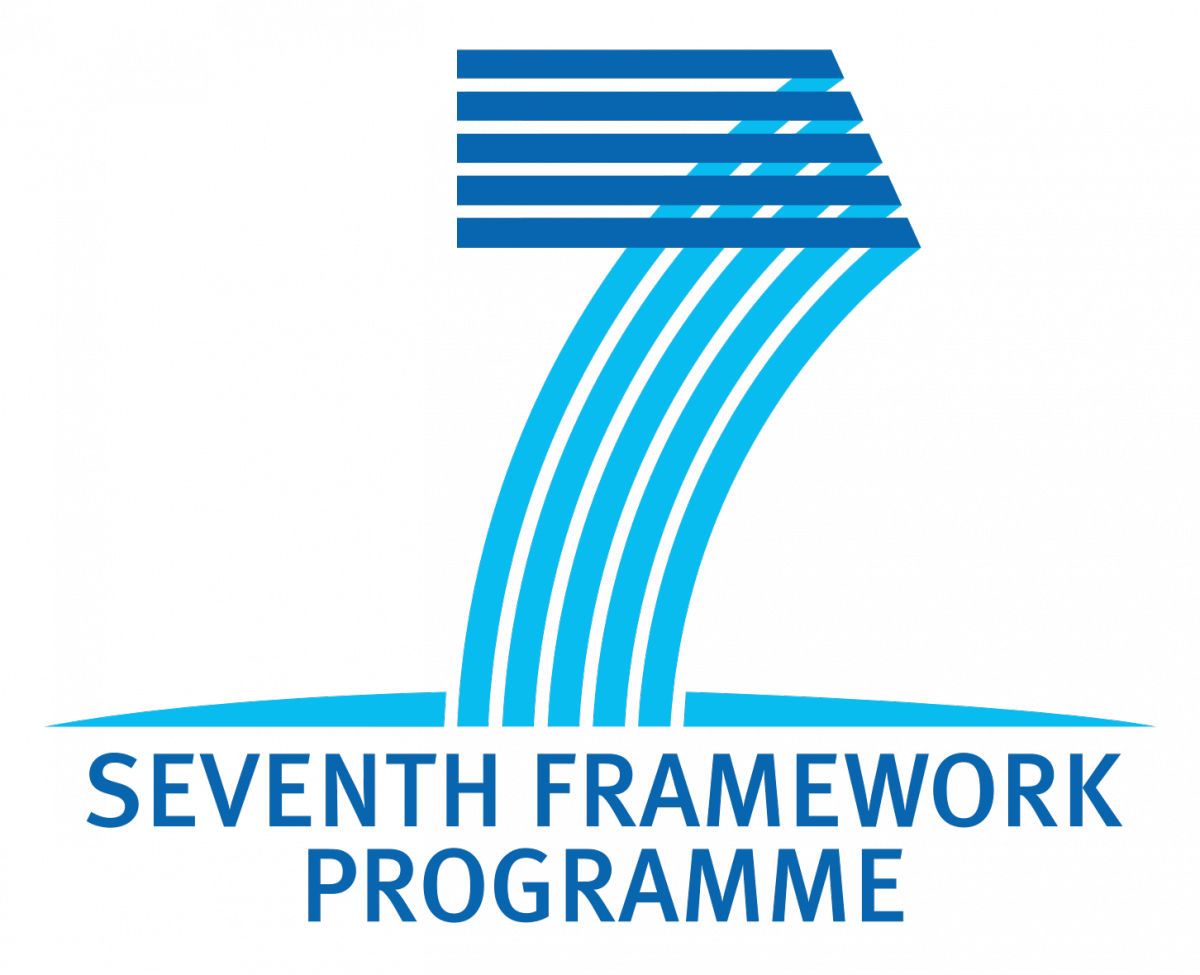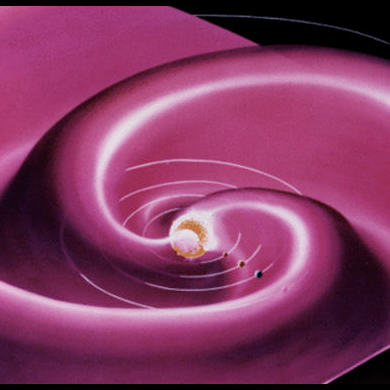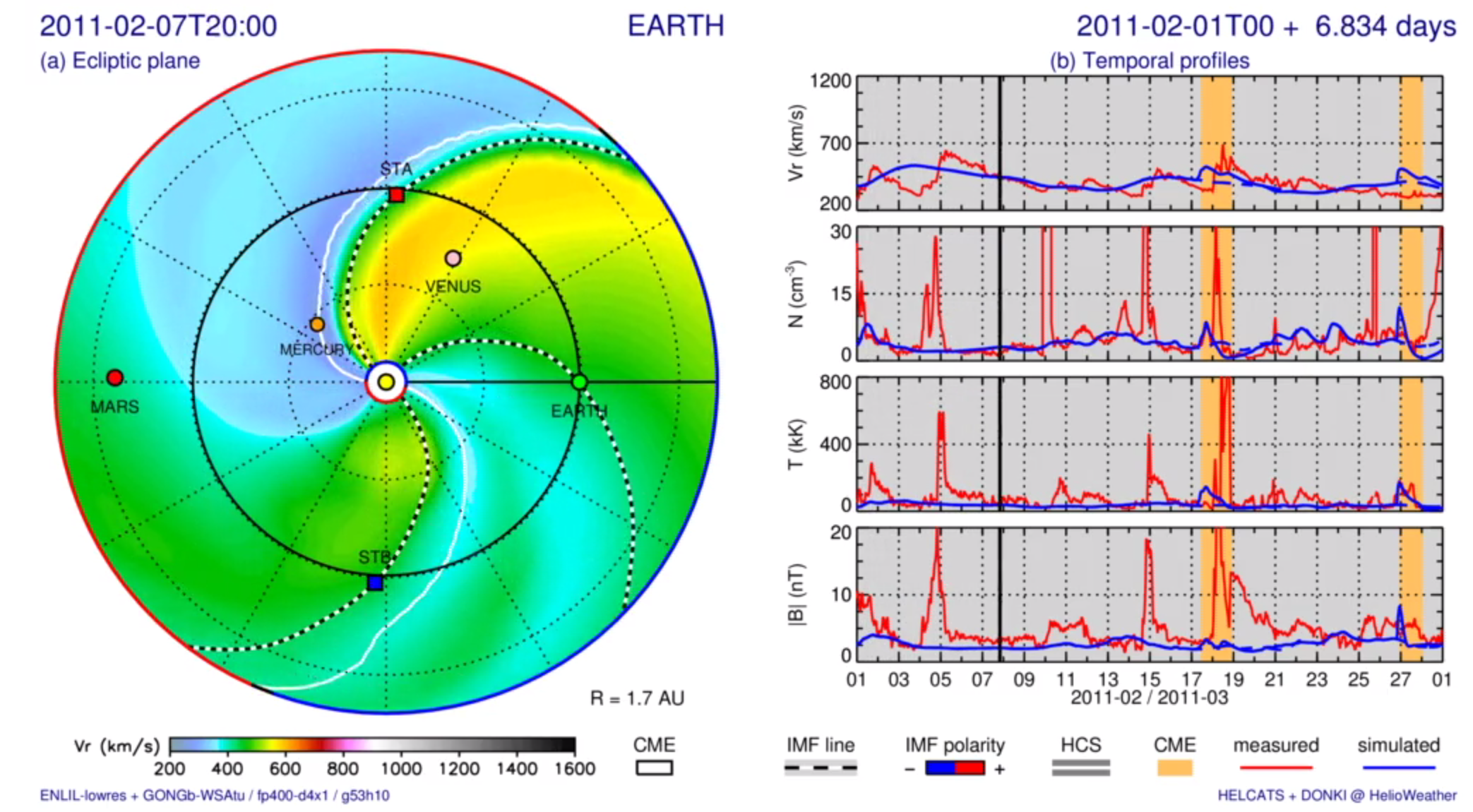

The advent of wide-angle imaging of the inner heliosphere has revolutionised the study of the solar wind and, in particular, transient solar wind structures such as Coronal Mass Ejections (CMEs) and Co-rotating Interaction Regions (CIRs).
CMEs comprise enormous plasma and magnetic field structures that are ejected from the Sun and propagate at what can be immense speeds through interplanetary space, while CIRs are characterised by extensive swathes of compressed plasma/ magnetic field that form along flow discontinuities of solar origin that permeate the inner heliosphere.
With Heliospheric Imaging came the unique ability to track the evolution of these features as they propagate through the inner heliosphere. Prior to the development of wide-angle imaging of the inner heliosphere, signatures of such solar wind transients could only be observed within a few solar radii of the Sun, and in the vicinity of a few near-Earth and interplanetary probes making in- situ measurements of the solar wind. Heliospheric Imaging has, for the first time, filled that vast and crucial observational gap.
The HELCATS project was a 3-year project (2014-2017) funded by European Commission under the FP7 program.
The official HELCATS website is located at www.helcats-fp7.eu
STORMS/IRAP led two Work Packages for the FP7 project: WP5 and WP6
Cataloguing CIRs (WP-5)
The primary goal of WP5 was to provide a catalogue of the spatial and temporal evolution of CIRs observed by HI (and their substructures) in 3-D, following their complete formation process using different observations (mainly imaging but also in situ) from the Sun out to 1 AU. The output of the solar wind stream advanced catalogue was optimised to help the space physics community in the search for clues on the origin, propagation, 3D morphology, and the planetary effects of CIRs and the slow solar wind. The delivery of these advanced catalogues has enhanced forefront research on: the 3-D structure of CIRs; their associated pressure ridges and shocks; the origin and nature of the variability of the slow solar wind; the time-dependent evolution of high-speed streams. The catalogue of CIRs produced by IRAP was made available via the CDPP Propagation Tool.

This catalogue provides:
- A publicly available list of CIRs/SIRs observed in Heliospheric Imaging from April 2007 to September 2014 (more than 200 events). Available through HELCATS website or interactively through the Propagation Tool. User-defined fitting can be also performed instead of the provided fit.
- Corresponding mean velocity of each structure, origin point on the solar surface, and predicted impact times at different vantage points in the inner heliosphere.
- Possibility to directly compare the predicted impact time with in-situ measurement, through the interface of the Propagation Tool with AMDA database.
- Detailed list of individual blobs for one representative case. Study presented in Sanchez-Diaz et al, 2017. Fiiting data of blobs available on demand.
- Plotnikov et al, Solar Physics, Volume 291, Issue 6, pp.1853-1875 (2016)
- Sanchez-Diaz et al, Astrophysical Journal Letters, Volume 835, Issue 1, article id. L7, 7 pp. (2017)
- Sanchez-Diaz et al, Astrophysical Journal, Volume 851, Issue 1, article id. 32, 17 pp. (2017)
References
The primary goal of WP6 was to transform the catalogues of CMEs and CIRs observed by HI, accomplished in WP2/3 and WP5 of the HELCATS project, into more advanced catalogues of simulations results of CIRs and CMEs. This advanced database was created and made available to the space community.
The delivery of these advanced catalogues has enhanced forefront research on the ‘background’ solar wind (fast and slow solar wind) and on the spatial and temporal evolution of CIRs and CME shocks, and has provided unique material to study and interpret particle radiation measurements in the inner heliosphere. A new solar wind model was developed at IRAP and coupled to the ENLIL model. The catalogues of heliospheric simulations are made available via the STORMS website and via the Helioweather website.

- Parameterise the particle energisation and modell particle propagation from the shock to the solar surface to explain the properties of the long-duration >100 MeV γ-ray events.
- Be able to study the longitudinal variability of SEPs through the coupled shock wave and particle transport modeling.
- Exploit the possibility to convert the flux of energetic particles into electromagnetic radiation to produce synthetic γ-ray, hard X-ray, and radio fluxes during highly energetic eruptive events.